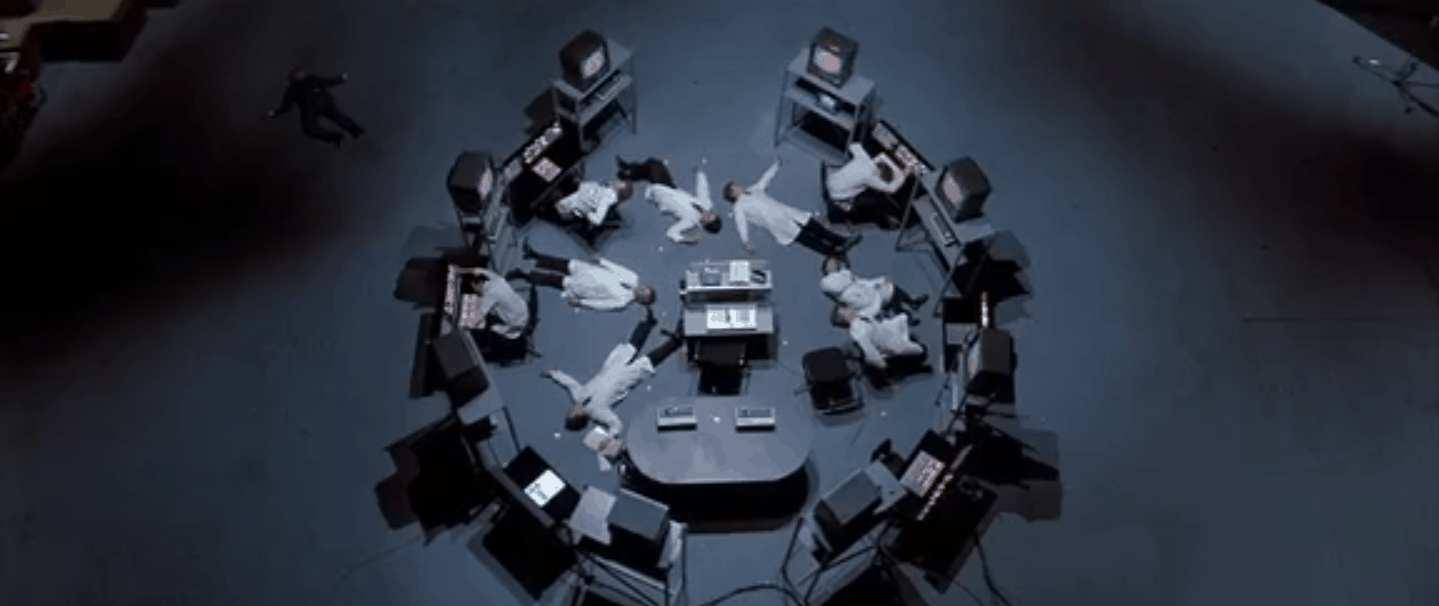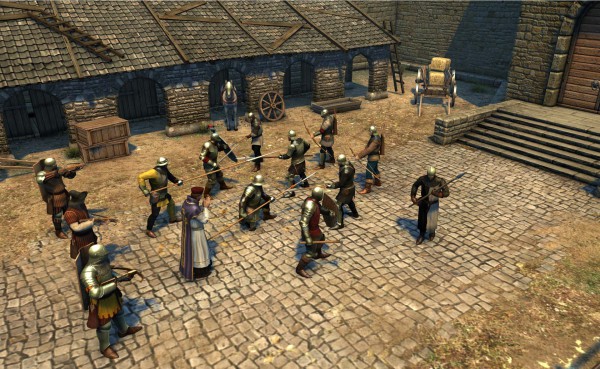
Some of the best things in life come in pairs, and film is no different. No, I don’t mean sequels and/or remakes, because I think we all know how those often turn out. Instead, I mean those actors and directors who very frequently collaborate on films, so much so that it feels odd when the actor does not appear in one of the director’s films.
There have been some incredible collaborations throughout cinema history; Kurosawa Akira and Toshiro Mifune brought the samurai film to life, Clint Eastwood and Sergio Leone breathed new life into the dying western in the 1960s, and Martin Scorsese and Robert De Niro brought audiences some of the best films to come out of New Hollywood in the 1970s and into the 90s. And of course there are amazing collaborations in modern cinema: Quentin Tarantino and Samuel L. Jackson, Wes Anderson and his troupe of actors, and Martin Scorsese’s recent partnership with Leonardo DiCaprio.
A recent collaboration that, perhaps deservedly, does not get any attention is the partnership between actor Liam Neeson and Spanish director Jaume Collet-Serra. Since 2011, Neeson has been the leading man in Collet-Serra’s recent string of popcorn action thrillers, including the titles Unknown (2011), Non-Stop (2014), and Run All Night (2015). All three films have seen mixed reception from critics, and all but Run All Night have been profitable, so their success depends on who you ask. In spite of their supposed success, one must admit that before Unknown, both Neeson and Collet-Serra would have seemed like the unlikeliest of dynamic duos.

Before Unknown, Collet-Serra had not even come close to touching the action genre. He made his directorial debut with Dark Castle’s 2005 remake of House of Wax – a film notable amongst horror fans only for a kill scene involving Paris Hilton – and then followed it with Goal II: Living the Dream (2007) and the not so shabby horror venture Orphan (2009). In other words, teaming up with Liam Neeson for a trio of action thrillers was likely the last thing anyone would have expected from the Spaniard.
It all equals out, however, because until 2008, Neeson was probably the last actor anyone expected to become a bona fide action star. With such acclaimed leading roles as Oskar Schindler, Michael Collins, and Alfred Kinsey, Neeson was undoubtedly one of the biggest stars in Hollywood, but his identity took the biggest left turn when he played Bryan Mills in Taken (2008). All of a sudden, the then 56-year old former Jedi master became mostly known as the man with “a particular set of skills” that he had “acquired over a very long career,” and his career has not been the same because of it.
Little could anyone know that a director with more experience in the horror genre than any other and an aging actor with more than a few critically-acclaimed dramatic roles would deliver a trio of action films. As previously mentioned, however, these were films that did not appeal to everyone. To many, these were the sort of run of the mill action flicks that were elevated merely by Neeson’s strong presence, in spite of the fact that they might exist for the sole purpose of capitalizing on Neeson’s newfound fame. But because these films are so incredibly similar in their approach, perhaps they, and the duo that created them, deserve another look.

All three films from Neeson and Collet-Serra begin in a similar fashion. An opening shot focuses on Neeson’s character in order to establish his prominence, and then the film introduces the scenery that he will eventually dominate. At some point in the film, usually in the beginning with the exception of Unknown, a character trait is introduced that marks Neeson’s character as a broken man who has lost just about everything he loves – we are explicitly shown that process in Unknown, whereas it acts as character back story in Non-Stop and Run All Night. Through shoot-‘em-up violence and brandishing fisticuffs, Neeson’s character attempts to work through his problems, rather than acting out through his weaknesses, and redeem himself in his eyes and those around him.
Admittedly, these movies are well short of spectacular. They follow the precedence set by superior action flicks of the past and work off of a similar formula. With perhaps the slight exception of Run All Night, which is, at the very least, somewhat grounded in reality in spite of its own implausibility, these movies begin making very little sense and only become more preposterous as the plot rolls along. Quite understandably, most critics approached each film as separate from one another rather than as part of a whole, which made it easier to dissect each film’s flaws. This may sound like a stretch, but maybe each successive film should have been seen in the context of its predecessor.
It’s easy to pass off these films as simply mindless action thrillers straight off the assembly line, highlighting a lack of true originality in Hollywood, but maybe each film deserves our attention for that reason. Any auteur who wishes to establish a style usually has done so by their third film. Referring to Collet-Serra as an auteur is pushing it, but he has consistently produced a trio of unpretentious action flicks that follow closely to a similar formula, have a similar cinematographic approach, and employ a number of similar themes. The jury is out on whether or not Neeson and Collet-Serra will collaborate on future productions, but even without Neeson in the lead, perhaps Collet-Serra has established his own style as an action film director.
People should take a second look at Neeson and Collet-Serra’s films, because the beginnings of a filmmaker’s new stylistic approach aren’t always initially warmly received. One of the reasons Wes Anderson’s The Life Aquatic with Steve Zissou (2004) garnered some critical backlash was for its apparent artificiality, in part because of Anderson’s new, vibrantly rich visual style expressing a gaudy color palette. With Fantastic Mr. Fox (2009), albeit an animated feature, he firmly cemented his new style for his future filmography, which arguably includes some of his best directorial work. It’s fair to say that Collet-Serra has found his niche, and the right actor who can take and supply the body blows.
– William Penix




